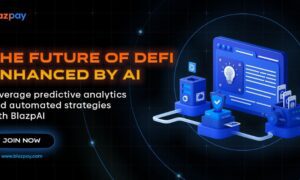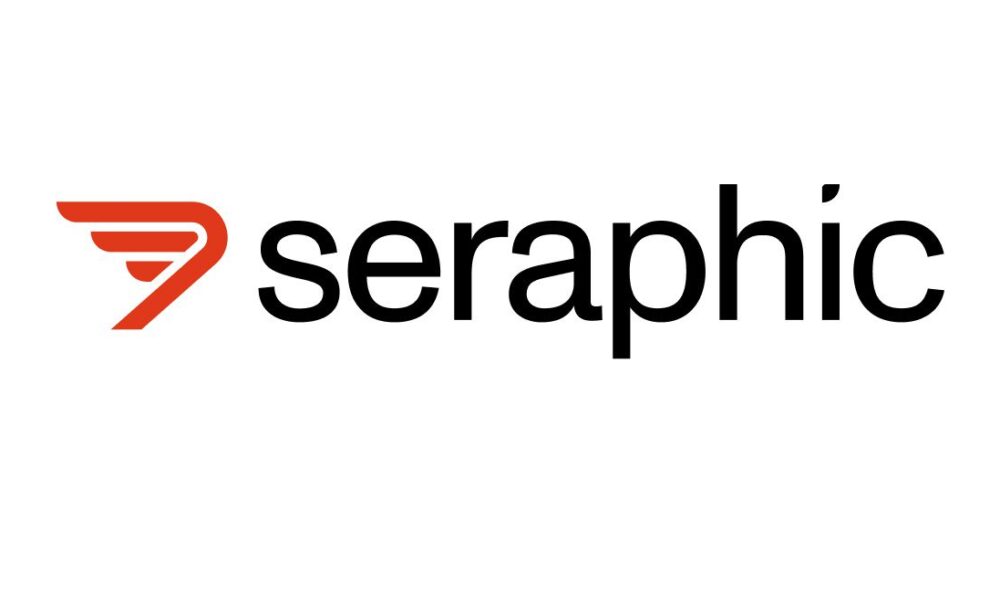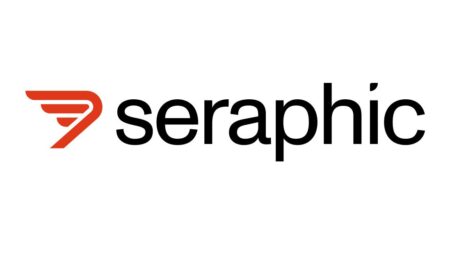Technology has transformed almost every industry, and debt recovery is no exception. From automated phone calls and emails to artificial intelligence-driven analytics, collection agencies now have access to powerful tools to contact consumers, manage accounts, and streamline operations. But as innovation reshapes the debt collection landscape, one pressing question remains: is technology making the process more transparent—or more opaque?
The Benefits of Technology in Debt Recovery
On the surface, technology offers many transparency-enhancing benefits. One of the most notable is improved communication. Consumers now receive detailed account updates via text, email, and online portals, allowing them to view their balances, payment history, and settlement options anytime. This instant access empowers individuals with more control over their financial obligations and can reduce confusion or fear around debt.
Technology also helps create audit trails. Every interaction—whether a phone call, letter, or message—is logged digitally. These records can protect consumers and collectors alike, ensuring that disputes are easier to verify and resolve. With the use of AI, agencies can also identify patterns of harassment or error, which can be addressed more quickly.
Another advantage lies in compliance. As regulations surrounding debt collection grow more complex, software can be programmed to follow the latest legal guidelines, such as the Fair Debt Collection Practices Act (FDCPA) and other consumer protection laws. This reduces the risk of human error and ensures standardized messaging that aligns with legal requirements.
The Risks and Downsides
Despite these improvements, technology can also complicate the consumer experience and reduce clarity in some areas. For example, automated systems may send messages without human oversight, leading to repetitive, impersonal communication that feels intimidating or confusing. In some cases, consumers may not even recognize the legitimacy of these contacts, especially if unfamiliar third-party agencies are involved.
Moreover, the use of artificial intelligence and predictive analytics may raise ethical concerns. When algorithms decide which consumers to target more aggressively based on financial data or behavior patterns, the process can feel less human and more intrusive. Without clear explanations of how decisions are made, consumers may feel alienated or mistreated.
There is also the issue of data security. With so much sensitive financial information now stored and transferred electronically, there is an increased risk of data breaches. If not properly protected, this can erode trust and make consumers even more wary of engaging with collection agencies.
Regulation as a Safeguard
In response to these challenges, regulators are working to strike a balance between innovation and accountability. One of the most significant developments is the evolving role of the cfpb debt collection guidelines. The Consumer Financial Protection Bureau (CFPB) has issued new rules to govern how debt collectors can use technology, requiring greater clarity in communications and mandating disclosures that help consumers understand their rights.
These efforts are critical in ensuring that technology enhances—rather than undermines—transparency. As agencies adopt more advanced tools, oversight from regulators and vigilance from consumers will be key to maintaining fairness.
Conclusion
Technology has the potential to both help and hurt transparency in the debt recovery process. While it offers speed, efficiency, and better access to information, it also introduces risks that must be carefully managed. With thoughtful regulation and ethical implementation, the benefits can outweigh the drawbacks—leading to a more transparent, respectful, and effective system for all parties involved.



































